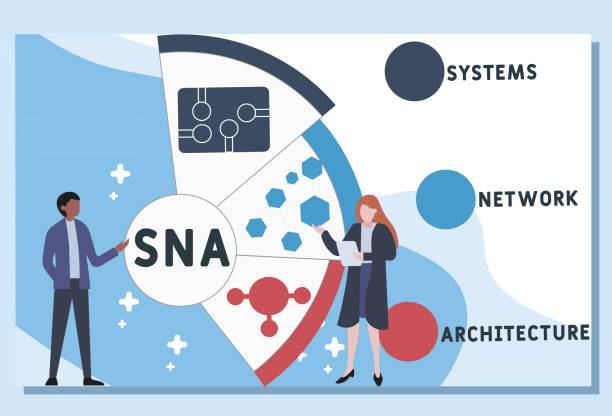What is Systems Network Architecture (SNA)?
Systems Network Architecture (SNA) is a pivotal concept in networking, particularly in legacy systems used by enterprises. Developed by IBM in the 1970s, SNA has played a crucial role in connecting devices and enabling communication across distributed computing systems. While modern technologies like TCP/IP have largely supplanted SNA, understanding its principles and history offers valuable insights into the evolution of networking.
What is Systems Network Architecture (SNA)?
SNA is a proprietary networking protocol designed by IBM to provide a structured approach to managing communication between networked devices. It was originally created to support IBM mainframes, which were the backbone of enterprise computing at the time. SNA defines the hardware and software requirements for efficient data exchange, ensuring seamless interaction between different devices in a network.

Key Features of SNA
- Hierarchical Structure: SNA organizes networks into a hierarchical structure, with nodes categorized into various types such as hosts, controllers, and terminals.
- Centralized Control: The architecture emphasizes centralized management, allowing administrators to efficiently monitor and control network activities.
- Reliability: SNA includes features like error detection and recovery to ensure reliable communication.
- Session Layer Functionality: It provides robust session management, enabling consistent and reliable data exchange between applications.
Components of Systems Network Architecture
- Physical Units (PUs) – Physical Units represent the hardware components within the network, such as terminals, controllers, and mainframes.
- Logical Units (LUs) – Logical Units facilitate communication between applications and manage user interaction with the network.
- Path Control (PC) – Path Control manages data routing and ensures messages are delivered efficiently across the network.
- Data Flow Control – This component oversees the flow of data to prevent congestion and optimize performance.
Benefits of Systems Network Architecture
Despite being a legacy technology, SNA brought several benefits to networking:
- Standardization: SNA provided a consistent framework for network communication.
- Interoperability: It allowed diverse devices to communicate effectively, even in complex environments.
- Security: The architecture included built-in security measures to protect sensitive data.
SNA vs. Modern Networking Protocols
While Systems Network Architecture laid the groundwork for modern networking, it has largely been replaced by more flexible and scalable protocols like TCP/IP. Key differences include:
- Flexibility: TCP/IP offers greater flexibility, making it suitable for heterogeneous networks.
- Scalability: Modern protocols support expansive global networks, unlike the centralized nature of SNA.
- Open Standards: TCP/IP is an open standard, whereas SNA is proprietary to IBM.

The Legacy of SNA
Although Systems Network Architecture is no longer widely used, its concepts have influenced modern networking protocols. Many enterprises still maintain legacy systems running SNA, particularly in industries like banking and government, where IBM mainframes are prevalent.
Conclusion
Systems Network Architecture represents a significant milestone in the history of networking. Its structured approach, reliability, and focus on interoperability set the stage for subsequent advancements in the field. While modern protocols dominate today’s networks, the principles established by SNA continue to inform best practices in network design and management.